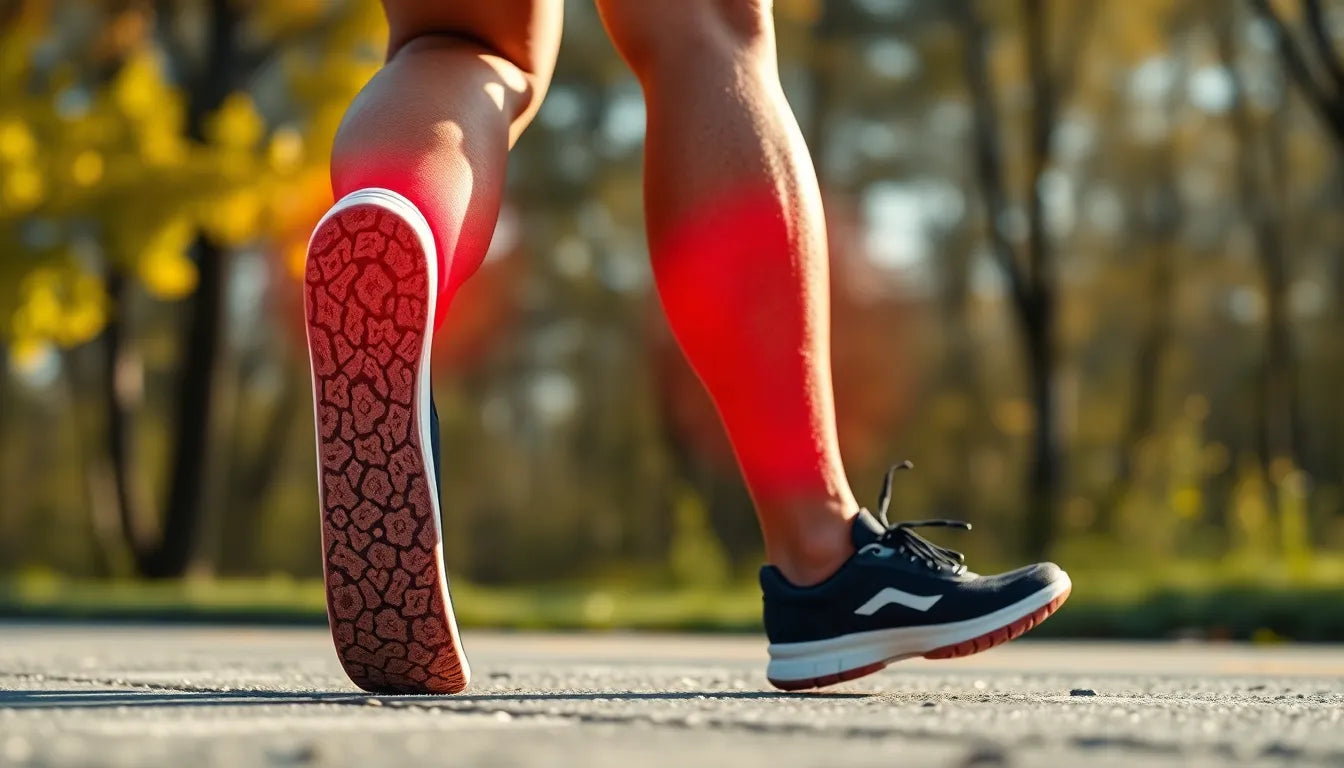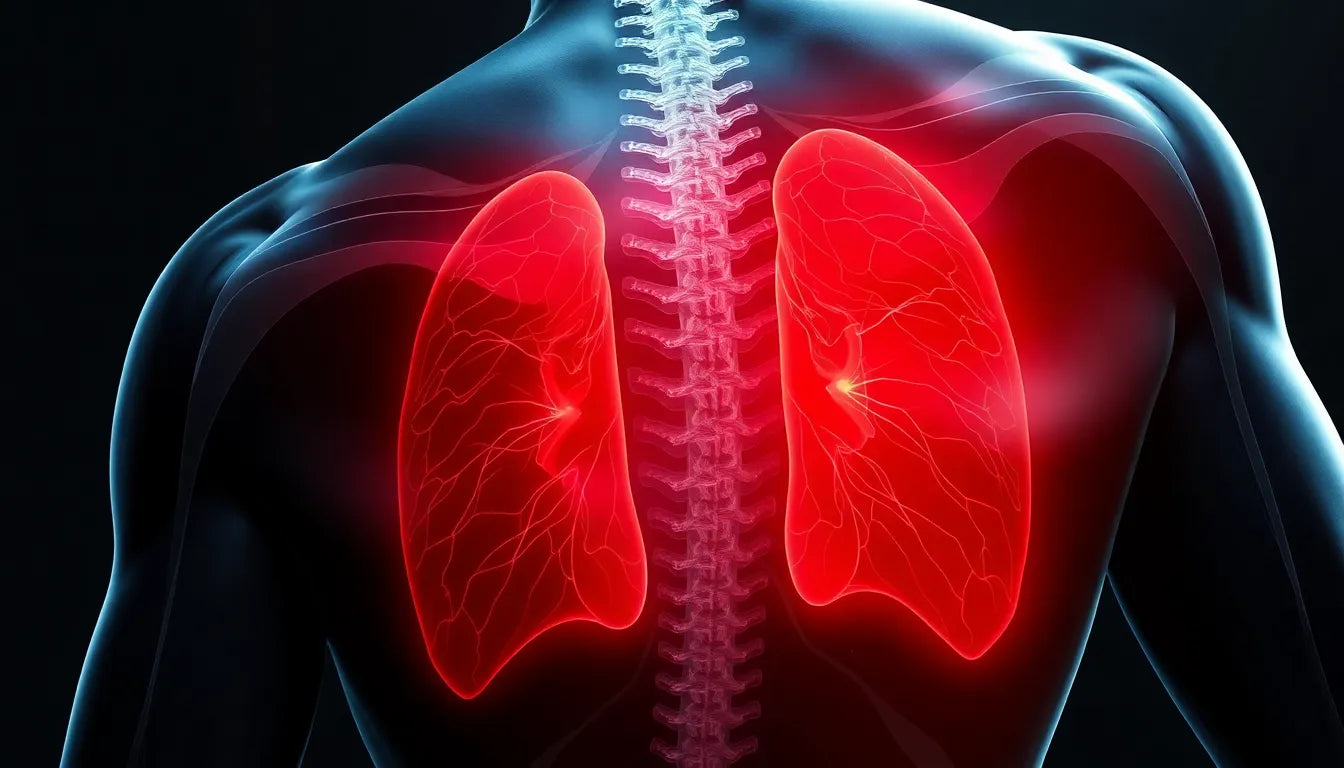Dealing with back pain can be a frustrating experience, especially when trying to decide the best way to alleviate the discomfort. One of the most common dilemmas faced by those suffering from back pain is whether to use heat or cold therapy. Understanding the right treatment for your specific type of pain is crucial not only for alleviating discomfort but also for promoting effective healing.
understanding back pain relief options
Back pain can arise from various causes, including muscle strain, poor posture, or more serious underlying conditions. When it comes to managing this pain, many people find themselves caught between the choice of applying heat or cold. Both therapies have their merits, but the efficacy of each depends significantly on the nature and timing of the pain. This raises the central question: Is heat or cold better for your back pain?
Heat therapy is renowned for its ability to increase blood circulation, which helps relax muscles and alleviate stiffness. It is particularly beneficial for chronic pain management and situations where muscle tension is a primary concern. On the other hand, cold therapy is effective in reducing inflammation and numbing localized pain, making it ideal for acute injuries or the immediate aftermath of an injury.
why the right choice matters
Selecting the appropriate therapy can greatly influence your speed of recovery and overall comfort. While both heat and cold treatments are popular, their success largely depends on the specific circumstances of the pain. For instance, applying heat to an acute injury might exacerbate swelling, while using cold on chronic stiffness might not provide the desired relief. Therefore, understanding when to use each therapy is key to optimizing your back pain management strategy.
In this blog post, we will delve deeper into the mechanisms, benefits, and appropriate applications of both heat and cold therapies. By the end of this exploration, you will be equipped with the knowledge needed to make an informed decision about which treatment is best suited to your particular back pain scenario.
heat therapy: benefits and applications
Heat therapy is a popular choice for those dealing with chronic back pain, muscle tension, and stiffness. Its primary mechanism of action is the increase in blood circulation, which delivers more oxygen and nutrients to the affected area, promoting relaxation and reducing muscle spasms. This makes it particularly effective for managing long-standing pain and discomfort that is not associated with acute injury.
when to use heat
Heat therapy is most beneficial for conditions that involve muscle tension, stiffness, and chronic pain. It's an excellent choice for those experiencing discomfort due to prolonged muscle strain or stress-related tension. Common applications of heat therapy include the use of heating pads, wraps, and warm baths. These methods provide a steady source of warmth that can penetrate deep into the muscles, offering relief and improving flexibility.
safety tips for heat therapy
While heat therapy can be highly effective, it is essential to use it safely to avoid burns or skin damage. Always ensure that the heat source is at a comfortable temperature and avoid prolonged exposure. It's advisable to limit sessions to 15-20 minutes, allowing the skin to rest between applications. For those with sensitive skin or specific conditions like diabetes, consulting a healthcare professional before using heat therapy is recommended.
cold therapy: benefits and applications
Cold therapy, also known as cryotherapy, is another effective treatment option, especially in the acute phase of an injury. Its primary action is to reduce inflammation and numb localized pain, making it an ideal choice for fresh injuries or when swelling is present. Cold therapy works by constricting blood vessels, which helps decrease swelling and slows down the nerve impulses, reducing the sensation of pain.
when to use cold
Cold therapy is best suited for acute injuries, such as sprains, strains, or any situation where inflammation and swelling are evident. It is commonly applied using ice packs or cold compresses, which should be wrapped in a towel to prevent direct contact with the skin. This method is particularly effective immediately after an injury to help control swelling and provide quick pain relief.
safety tips for cold therapy
When applying cold therapy, it is crucial to take precautions to avoid frostbite or skin damage. Ice should never be applied directly to the skin; instead, it should be wrapped in a cloth or towel. Sessions should be limited to 10-15 minutes, with breaks in between to allow the skin to return to its normal temperature. Monitoring the skin's response is important to ensure safety and effectiveness.
heat vs. cold: a comparison
Choosing between heat and cold therapy depends on the specific symptoms and timing of the back pain. Here's a quick comparison to help determine the most appropriate treatment:
| Symptom | Recommended Treatment |
|---|---|
| Acute injury | Cold |
| Swelling and inflammation | Cold |
| Muscle tension | Heat |
| Chronic stiffness | Heat |
Understanding the differences between heat and cold therapy can significantly enhance your ability to manage back pain effectively. While heat is generally favored for chronic issues, cold therapy is indispensable for acute injuries and inflammation. By using these therapies appropriately, you can improve your recovery process and overall comfort.

Lumbar support belt
Provides stabilisation and relief for the lower back. Adjustable design for pain, tension, or herniated discs.
integrating therapy with overall care
While choosing between heat and cold therapy is crucial for immediate relief from back pain, it is equally important to integrate these methods into a broader pain management strategy. Both heat and cold therapies are symptomatic treatments and do not address the underlying causes of back pain. Therefore, if pain persists, a professional assessment may be necessary to explore and address the root causes effectively.
Combining these therapies with other self-care techniques can enhance their effectiveness. For instance, using ergonomic aids can support proper posture, reducing strain on the back. Physical therapy exercises can strengthen the back muscles, improving flexibility and resilience against future pain episodes. Additionally, lifestyle changes such as regular exercise, maintaining a healthy weight, and practicing good posture can prevent recurrence of back pain.
practical self-care tips
For optimal results, consider combining heat or cold therapy with other self-care practices. Here are some practical tips:
- Ergonomic Support: Invest in ergonomic chairs or cushions to support your back during long periods of sitting.
- Regular Exercise: Engage in activities like swimming or yoga that strengthen the back and improve flexibility.
- Mindful Posture: Be conscious of your posture while sitting, standing, or lifting objects to reduce strain on your back.
- Healthy Lifestyle: Maintain a balanced diet and a healthy weight to reduce the load on your spine.
Incorporating these practices into your daily routine can complement the effects of heat and cold therapy, promoting overall spinal health and reducing the likelihood of future back pain episodes.

Men's Posture Shirt™ - Black
Activates core muscles and improves posture to help relieve back pain and tension.
frequently asked questions
can i use both heat and cold for back pain?
Yes, alternating between heat and cold can be beneficial, particularly when done in the correct sequence. Start with cold therapy to reduce inflammation and numb pain during the acute phase, then switch to heat therapy to relax muscles and improve blood flow during the recovery phase.
how long should i apply heat or cold?
For heat therapy, apply for 15-20 minutes, ensuring the temperature is comfortable to avoid burns. For cold therapy, limit application to 10-15 minutes, using a barrier like a towel to prevent frostbite. Always monitor your skin's response to avoid injury.
what if my pain doesn't improve with either therapy?
If your pain persists despite using heat or cold therapy, it is advisable to consult a healthcare professional. Persistent pain may indicate underlying issues that require a more thorough assessment and alternative treatments.
are there any conditions where i should avoid heat or cold therapy?
Yes, certain conditions like poor circulation, skin disorders, or specific medical conditions may contraindicate the use of heat or cold therapy. If you have concerns or pre-existing conditions, consult a doctor before starting any treatment.
By understanding and utilizing the appropriate therapy for your back pain, you can make informed decisions that enhance your recovery and overall wellbeing. Remember, while heat and cold can provide significant relief, they are most effective when used as part of a comprehensive approach to back pain management.
Kilder
- JustHealth. "Is og Varmeterapi: Hvornår Skal Du Bruge Hvad?" JustHealth.
- Krop+Fysik. "Kulde eller Varme: Hvad Skal Jeg Bruge?" Krop+Fysik.
- Gigtforeningen. "Kulde og Varme." Gigtforeningen.
- CanaCare. "Hold i Ryggen: Effektive Trin til Lindring af Smerte og Ubehag." CanaCare.
- Regionshospitalet Randers. "Rygsmerter Øvelser." Regionshospitalet Randers.
- Aalborg Universitetshospital. "Gode Råd til Dig der har Nyopståede Rygsmerter." Aalborg Universitetshospital.


















